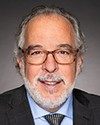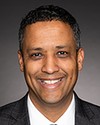Was the question looked into before the emergency was proclaimed?
Evidence of meeting #9 for Declaration of Emergency in the 44th Parliament, 1st Session. (The original version is on Parliament’s site, as are the minutes.) The winning word was laws.
A video is available from Parliament.


